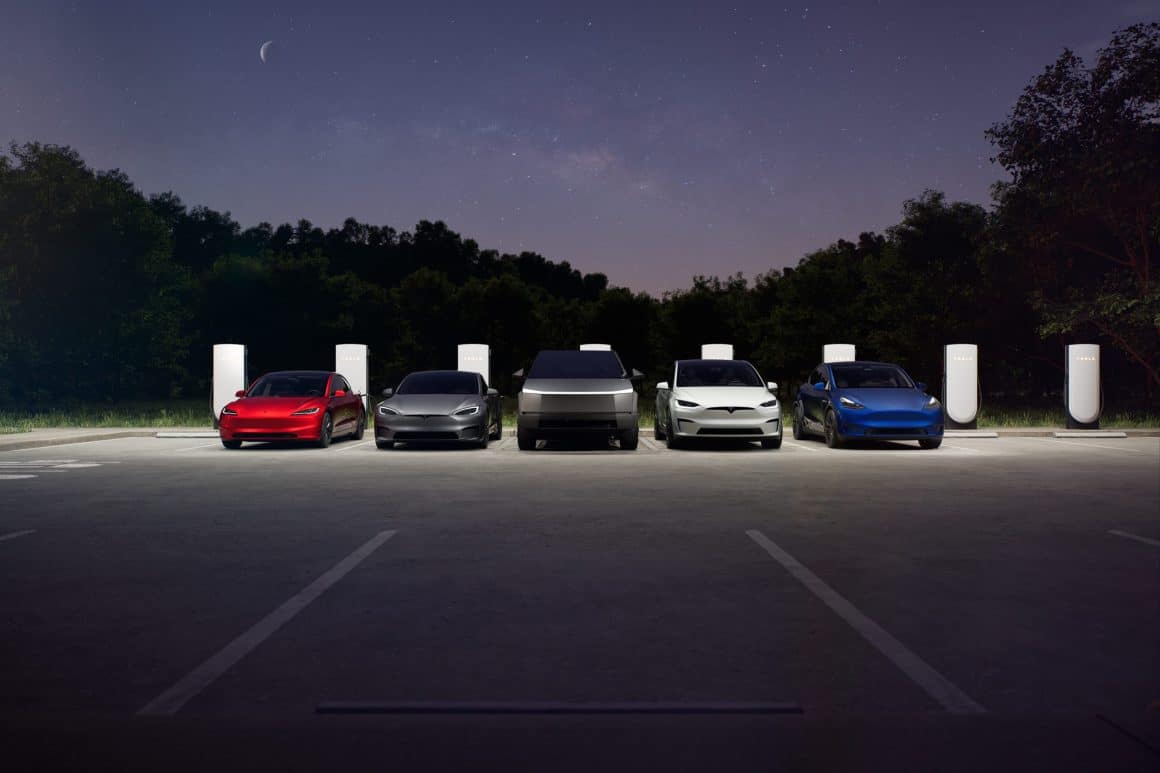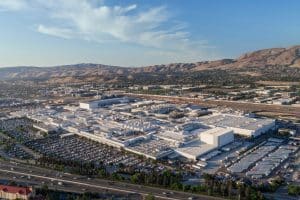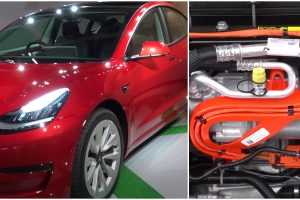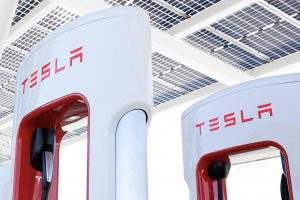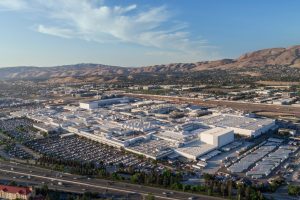- 🚗 Tesla reported 462,890 vehicle deliveries in Q3, exceeding Wall Street expectations.
- ⚙️ The company produced approximately 470,000 vehicles during the same period.
- 🔋 Tesla deployed 6.9 GWh of energy storage in Q3, marking its second-strongest energy quarter.
- 📈 Vehicle deliveries increased by six percent year over year.
- 🎯 Tesla aims to achieve 1.8 million total deliveries for the year 2024.
- 🚀 Tesla plans to unveil its Robotaxi on October 10.
In the dynamic world of automotive innovation, Tesla stands as a beacon of progress, pushing the boundaries of technology and sustainability. The third quarter of 2024 has been a testament to Tesla’s relentless pursuit of excellence, marking significant milestones in vehicle deliveries, energy storage, and the advent of autonomous transportation. This blog post delves into these achievements, exploring their implications and the exciting future Tesla envisions.
A Record-Setting Quarter
Surpassing Expectations in Vehicle Deliveries
Tesla’s announcement of delivering 462,890 vehicles in Q3 2024 exceeded Wall Street’s expectations of 462,000, showcasing a robust operational performance. This achievement represents a commendable six percent increase in deliveries compared to the same period last year. Such growth not only reinforces Tesla’s market position but also reflects growing consumer confidence in the electric vehicle (EV) sector.
- Production Numbers: Approximately 470,000 vehicles were produced in this quarter, maintaining a strong balance between production and deliveries.
- Year-End Goal: Tesla is ambitiously targeting 1.8 million vehicle deliveries for 2024, a goal that, if achieved, would cement its status as a leader in automotive innovation.
Advancements in Energy Storage
Parallel to its automotive successes, Tesla’s energy division continues to thrive. The deployment of 6.9 GWh of energy storage this quarter marks it as the company’s second-strongest quarter to date, following the Q2 record of 9.4 GWh.
- Importance of Energy Storage: Efficient energy storage is pivotal in enhancing grid stability and supporting the transition to renewable energy sources.
- Sustainability Efforts: Tesla’s energy solutions contribute significantly to reducing carbon emissions, aligning with global objectives for a sustainable future.
The Future: Autonomous Mobility
The Upcoming Robotaxi Unveiling
Tesla’s journey toward revolutionizing urban transportation takes a significant leap with the anticipated unveiling of its Robotaxi on October 10th, 2024. This unveiling is set to redefine autonomous driving, presenting new opportunities and challenges.
- Potential Impacts:
- Mobility Innovation: Tesla’s Robotaxi aims to offer an efficient, safe, and sustainable mode of urban transportation.
- Economic Implications: The wide-scale adoption of autonomous vehicles could reshape economic landscapes, impacting industries from ride-sharing to public transport.
- Regulatory Challenges: Autonomous mobility presents unique regulatory challenges that Tesla must navigate, involving safety standards and ethical considerations.
Analysis and Opinions
Tesla’s Strategic Balance
Tesla’s Q3 achievements reflect a nuanced strategy balancing short-term operational success with long-term innovation goals. Maintaining high production efficiency while pursuing cutting-edge autonomous technologies exemplifies Tesla’s balanced approach to growth.
Challenges and Considerations
Despite these successes, Tesla must address several challenges:
- Supply Chain Management: Ensuring a resilient and flexible supply chain to meet its ambitious targets.
- Regulatory Compliance: Navigating the complexities of international regulatory environments, especially concerning autonomous vehicles.
Conclusion
In summary, Tesla’s third-quarter performance is not only a reflection of its current operational strength but also an indicator of its forward-thinking strategy poised to influence the future of transportation and energy. As Tesla prepares for the Robotaxi launch and progresses towards its year-end delivery goals, it continues to set industry standards in innovation and sustainability.
